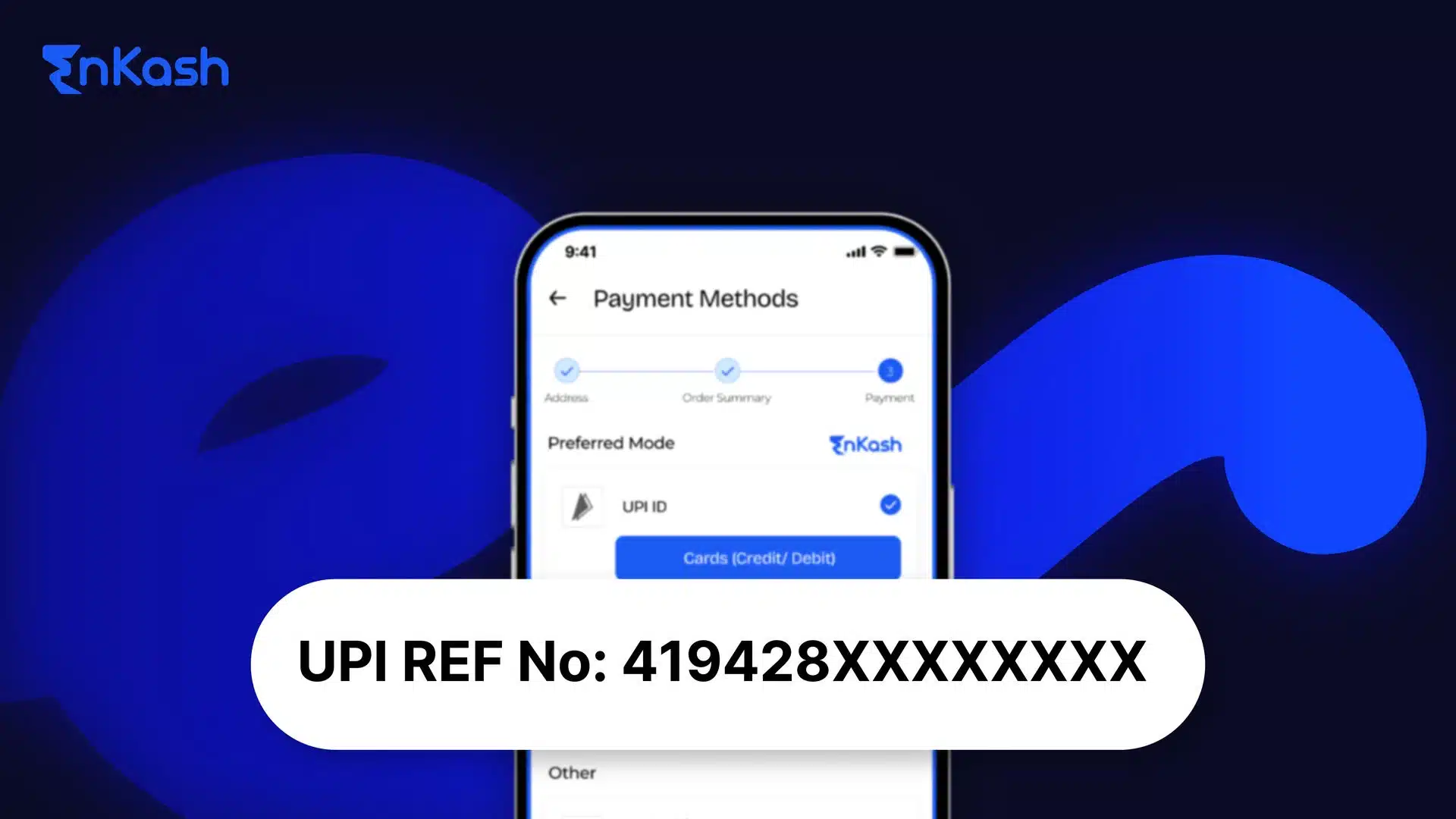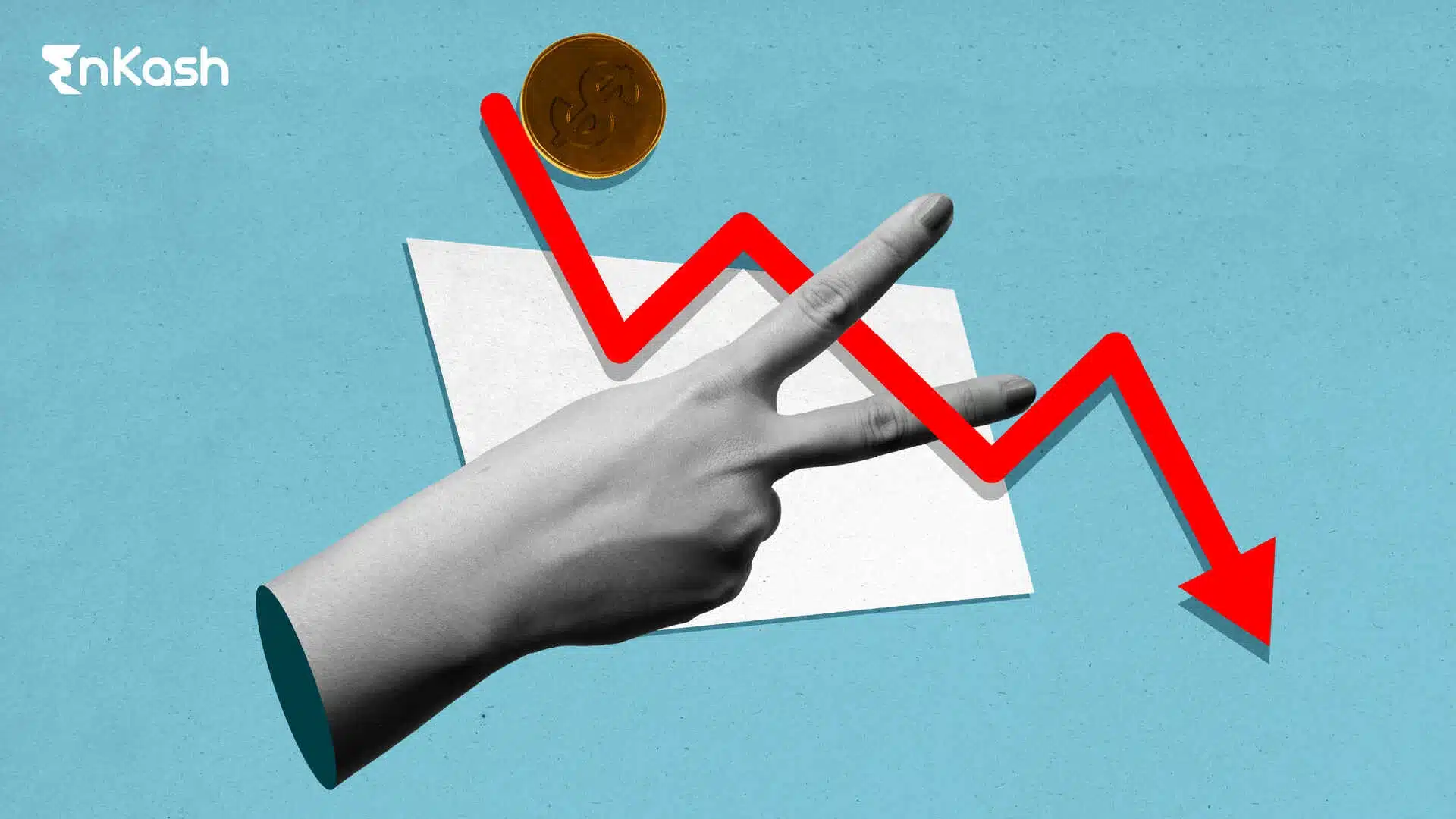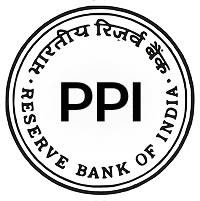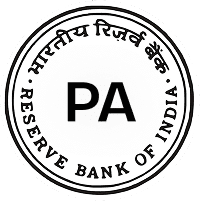What is Variable Cost?
A variable cost is an expense that changes based on how much a business produces or sells. These costs rise when production or sales increase and fall when business activity slows down. They generally increase with output—the more you make or sell, the more you spend.
Common examples of variable costs include raw materials, packaging, fuel, shipping, and sales commissions. For instance, if a bakery doubles its cake production, it will also spend twice as much on ingredients like flour, sugar, and butter.
This is what makes variable costs different from fixed costs like rent or salaries, which stay the same each month regardless of output. Understanding how variable costs behave helps businesses control expenses, price their products correctly, and plan their finances more efficiently.
Types of Variable Costs
Variable costs can take different forms depending on the nature of a business. While the basic idea stays the same, costs change with activity, and the specific expense types vary across industries. Here are the most common types:
1. Direct Material Costs
These are the raw materials used to make a product. For example, a furniture maker’s variable cost would include wood, nails, and paint. As production increases, the need for these materials and the cost rise..
2. Direct Labor Costs
When workers are piece-rate or overtime-driven, those wages are variable. Salaried production staff are fixed (or semi-variable when overtime applies). For example, a factory paying employees per piece assembled will see labor costs fluctuate with output.
3. Utility Costs
Utilities often have a fixed base charge plus a variable usage component; only the usage part varies with output. A manufacturing unit running machines longer will consume more electricity, increasing costs.
4. Sales Commissions and Delivery Costs
In many businesses, sales teams earn commissions for each sale made. Similarly, delivery costs rise when more orders are shipped. Both are directly tied to the volume of sales.
Also read: Selling and Distribution Expenses and their examples
How to Calculate Variable Costs
Calculating variable costs helps businesses understand how expenses change with production. It shows how much it costs to make each unit and how total costs rise or fall when output changes.
Formula for Total Variable Cost (TVC):
Total Variable Cost (TVC) = Variable Cost per Unit × Quantity Produced.
For example, if a company produces 1,000 items and each item costs ₹50 to make, the total variable cost will be:
1,000 × ₹50 = ₹50,000
If production increases to 2,000 items at the same cost per unit, the total cost will also double. On the other hand, if the company gets a bulk discount on materials, the variable cost per unit may fall, lowering TVC even at higher production levels.
By tracking variable costs regularly, businesses can plan better, set realistic budgets, and improve profit margins through smarter cost management.
Difference Between Fixed and Variable Costs
Fixed and variable costs are the two main types of business expenses, and knowing the difference between them is essential for sound financial planning. Both are important, but they behave very differently.
Basis |
Fixed Costs |
Variable Costs |
Meaning |
Costs that remain constant regardless of production or sales levels. |
Costs that change directly with the level of production or sales. |
Examples |
Rent, insurance, salaried staff, and equipment depreciation. |
Raw materials, packaging, shipping, sales commissions. |
Behavior |
Do not vary with activity; remain steady in the short run |
Increase when production rises and decrease when production falls. |
Control |
Harder to adjust in the short term. |
Easier to adjust by managing output, sourcing, and efficiency |
Impact on Profit |
Spread over more units as production grows, reducing the cost per unit. |
Directly affects cost per unit and overall profit margin. |
Nature |
Fixed in the short run; independent of production volume. |
Flexible; depends on production or sales volume. |
Example |
Workshop rent of ₹50,000 per month remains the same even if no goods are produced. |
₹300 spent on fabric per shirt increases with the number of shirts produced. |
Importance of Understanding Variable Costs
Understanding variable costs is essential for every business because these costs directly affect profit margins, pricing, and budget planning. Knowing the difference between fixed and variable costs helps management control expenses and make smarter production decisions.
Here’s why understanding variable costs matters:
1. Cost Control
Tracking variable costs helps businesses stay agile. When production changes, expenses like materials and labor shift too. Monitoring these costs prevents overspending during low-demand periods and ensures enough resources during busy times.
2. Pricing Strategy
A clear understanding of variable cost meaning enables accurate product pricing. Businesses can ensure selling prices cover both variable and fixed costs while maintaining a healthy profit margin. This helps in setting flexible pricing strategies during seasonal fluctuations.
3. Budget Planning
Variable cost analysis improves the accuracy of budgets. When companies anticipate changes in production or raw material prices, they can predict expenses better and allocate resources wisely.
4. Profit Margin Management
Since variable costs rise and fall with output, they directly affect profit per unit. Keeping variable costs low through bulk purchasing, efficiency, or automation helps businesses maintain steady profit margins even during slow months.
5. Decision-Making and Flexibility
Knowing how variable costs behave allows companies to make informed production and sales decisions. During low-demand periods, they can scale down output to control spending; during high-demand seasons, they can scale up quickly without losing control of costs.
6. Product Line Evaluation
By analyzing variable costs per product, companies can identify which products are most profitable. High-variable-cost products may need pricing adjustments or process improvements to protect margins.
How to Manage Variable Costs
Poorly managed variable costs can harm financial performance. Effective management of variable costs provides many benefits to businesses. However, through the use of simple techniques, businesses can manage costs and increase their bottom lines.
1. Negotiate with Suppliers
- Build long-term relationships with vendors to secure discounts.
- Buy raw materials in bulk to lower per-unit costs.
- Compare alternative suppliers for better pricing or flexible terms.
2. Implement Lean Production
Adopt lean manufacturing techniques to minimize waste and improve process efficiency.
- Regularly review production workflows to identify unnecessary costs.
- Encourage employees to suggest improvements for continuous cost optimization.
3. Automate Repetitive Tasks
- Invest in technology or machinery that speeds up production and reduces manual labor costs.
- Use inventory or expense management software to track spending accurately and avoid overuse of resources.
4. Control Inventory and Waste
- Use the Just-In-Time (JIT) method to maintain optimal stock levels and prevent overproduction.
- Review inventory turnover regularly to eliminate slow-moving or obsolete stock.
5. Monitor and Analyze Cost Patterns
- Track total variable cost (TVC) over time to identify patterns and inefficiencies.
- Calculate variable cost per unit and average variable cost to understand how cost changes with output.
- This data helps determine when to scale production or negotiate better supplier terms.
Benefits of Managing Variable Costs
Effective variable-cost management improves efficiency and profitability. Below are some of the major ones:
- Flexibility in Operations: When variable costs are monitored closely, businesses can easily scale production up or down based on demand. This flexibility helps avoid overproduction during slow periods and ensures a quick response when market demand rises.
- Improved Profit Margins: Reducing per-unit costs through bulk buying, efficient labor, or automation directly boosts profit margins. Even small savings on raw materials or energy can add up significantly over time.
- Better Budgeting and Forecasting: Tracking total variable costs enables accurate budget predictions. Businesses can estimate future spending based on expected production levels and manage cash flow more effectively.
- Optimized Resource Utilization: Efficient variable cost control ensures that resources such as labor, materials, and utilities are used wisely. It minimizes waste, enhances sustainability, and keeps overall costs aligned with production needs.
- Competitive Pricing: When a company knows its exact variable costs, it can set competitive prices without compromising profitability. This balance between cost and price strengthens market position and customer trust.
Conclusion
For any profit-seeking business, it’s crucial to understand and manage variable costs. By recognizing what variable costs are, identifying their impact on production and profit margins, and applying the formula for calculating total variable costs, businesses can make informed decisions. Controlling variable costs assists in better pricing, improved management of budgets, and proper distribution of resources.
FAQs
1. What can affect variable costs?
Variable costs are influenced by production volume, raw material prices, labor efficiency, supplier pricing, utility usage, sales volume, product mix, technology, market conditions, and seasonality. Changes in these factors impact the cost per unit or total costs, making it essential to monitor and manage them for better cost control.
2. What is another name for a variable cost?
Variable costs are also referred to as prime costs or direct costs.
3. Which expense is a variable cost?
Variable cost examples include freight on each order, packaging per unit, sales commissions, per-unit royalties, and piece-rate wages.
4. Why are variable costs important for businesses?
They affect profit margins and pricing, as well as help in financial forecasting; therefore, they are important for business strategy formulation.
5. Is electricity a variable cost?
Partly. Electricity has a fixed service charge plus a usage-based variable portion; treat the usage portion as variable
6. Do variable costs affect profit margins?
Yes, high variable costs per unit tend to affect the profit margins thus maintaining them is crucial to remain profitable.
7. What is the formula for total variable cost?
Total Variable Cost = Variable Cost per Unit × Total Units Produced.
8. Is fuel a variable cost?
Yes, variable costs are commonly classified into fuel and oil, repairs, maintenance, and crew costs
9. Are sales commissions considered variable costs?
Yes, as they fluctuate based on sales volume, making them variable.
10. What is the main difference between variable and fixed costs?
Variable costs change with production volume, while fixed costs remain constant regardless of output








